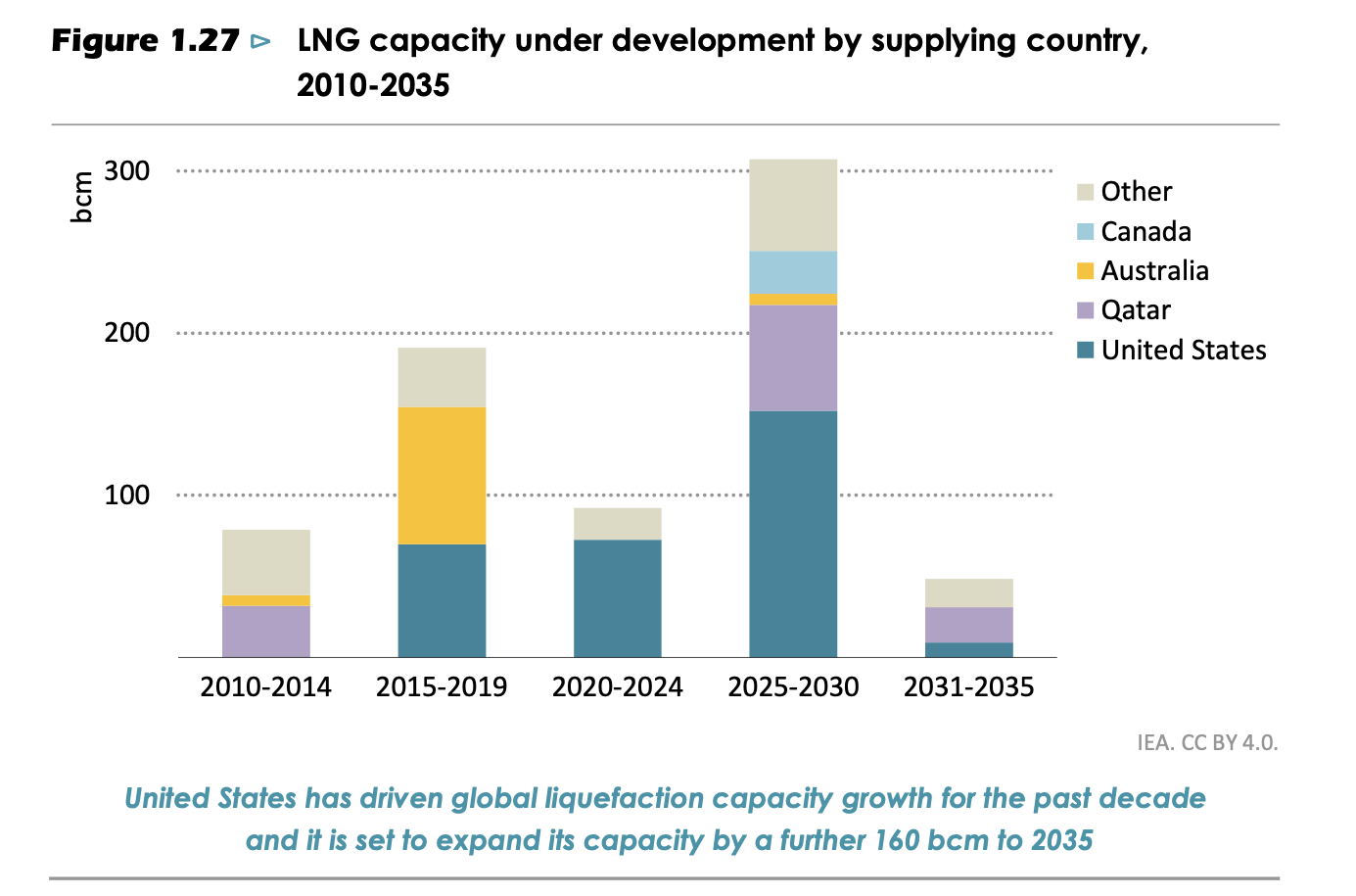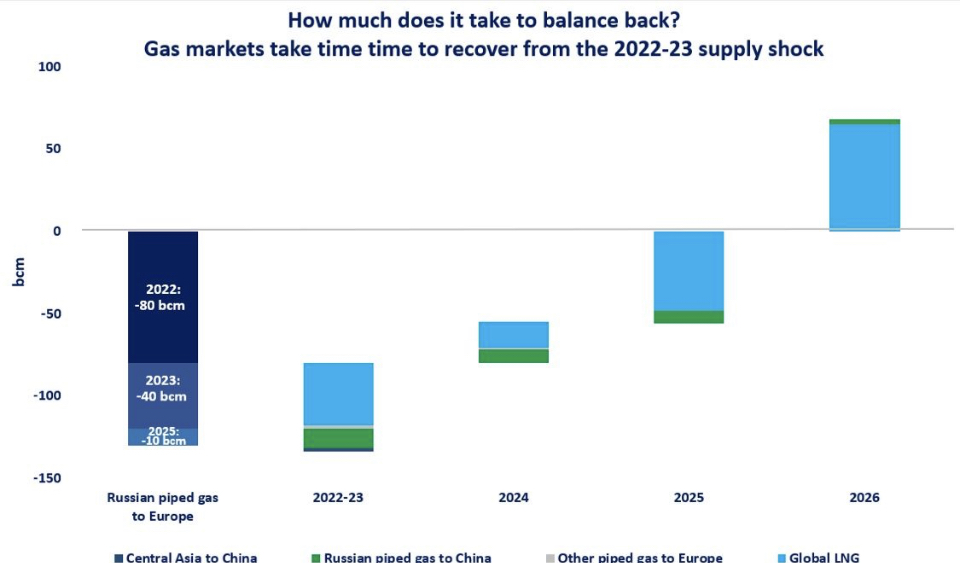

Over the course of this past winter, both spot and forward TTF products dropped more than 60%. A combination of factors put downside pressure on prices during the period that was supposed to become the most challenging one for the region.
The reality is that the European underground facilities had 30 bcm more gas at the start of 2023 summer season than a year ago, with ~35 bcm needed to be injected until November to reach the 90% storage target as compared to last year’s injections of ~70 bcm.
Without underestimating the importance of state-backed emergency measures and consumers’ adaptability, two developments beyond Europe’s control were fundamental in relieving the strain of new market environment.
Amid warmer-than-average temperatures across the continent and with little competition for spot LNG cargoes from Asian buyers, it was like playing against a sports team where two key players are injured.
On their way down from late 2022 peaks, European gas prices passed several ‘checkpoints’. They first entered the coal-to-gas switching range, then found themselves at the level relatively comfortable for importers in South Asia to resume issuing spot LNG tenders and for refiners in Europe to switch back from LPG and gasoil.
Not so long ago, gas prices approached another threshold, at which 50%-efficiency German CCGT have become more profitable to run than the country’s low-efficiency lignite-fired power plants. To be competitive with medium-efficiency lignite units gas products for summer delivery need to fall further by just about €5/MWh.
Due to lignite-fired plants’ proximity to mining infrastructure and thus lack of transparent market, price indications for brown coal in Europe are much less readily available than for hard coal.
According to various data, the former is at least 10 times cheaper than the latter in Germany. But higher carbon intensity, aggravated by no free EU ETS allowances being granted to German brown coal generators, contribute substantially to the total cost of burning lignite for power production.
Assuming lignite continues to lose its price competitiveness against gas, what effect can this have on power-sector gas demand?
In case German lignite-fired plant utilization falls to its lowest in years 2020 levels and the loss is fully displaced by CCGT, the increase in gas consumption should not exceed 15 mcm/d. It is not a huge addition per se, but together with improving demand from European industries lignite-to-gas switching is able to make a contribution to removing a potential surplus from the region during 2023 injection season.













